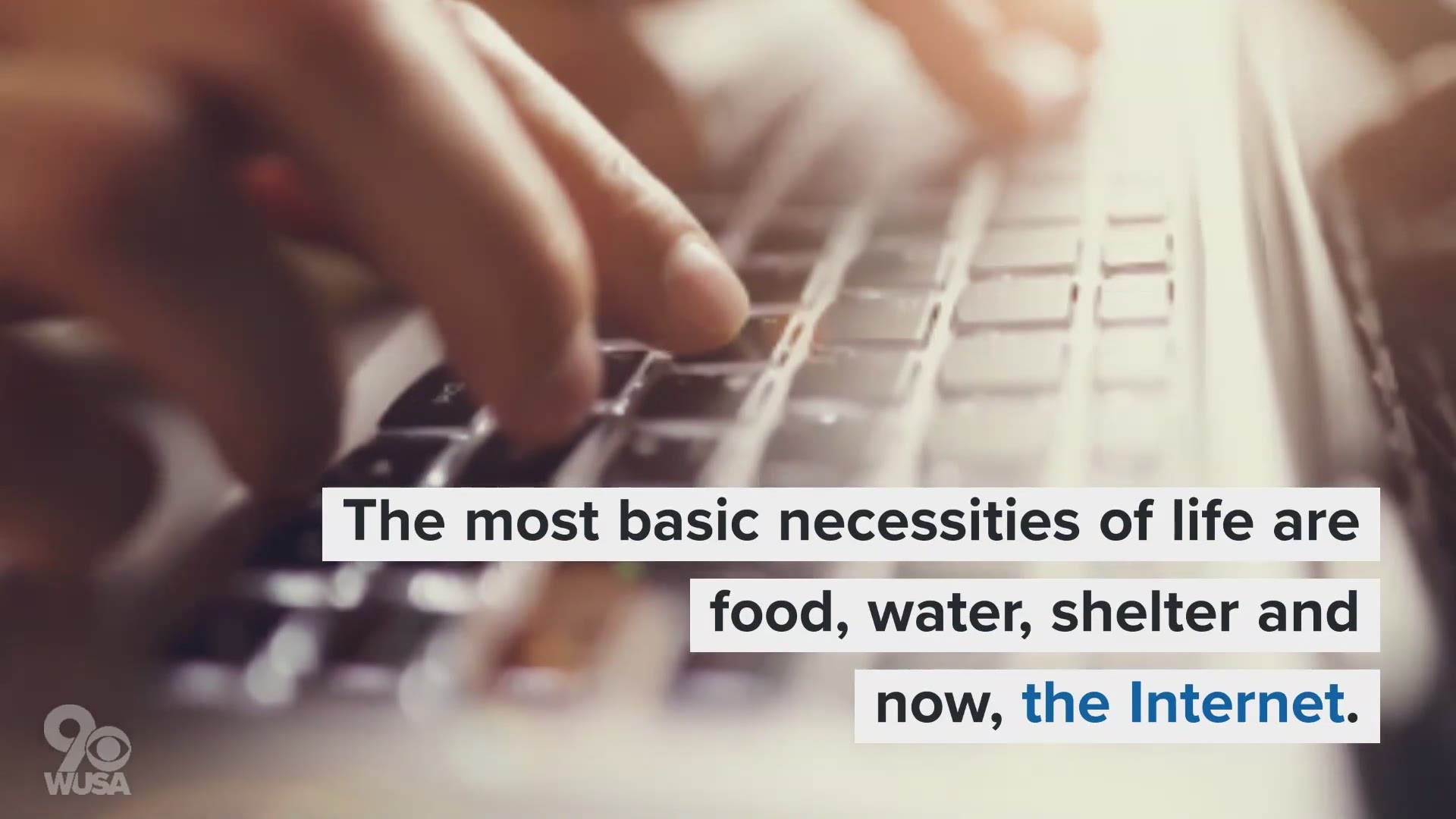WASHINGTON —
The most basic necessities of life are food, water, shelter and now, the Internet.
In today’s modern world, the Internet and all its technology is no longer an optional luxury -- it’s a necessity. We need our smartphones, computers, tablets and technology to carry out the day-to-day routines of life: access information at our job, keep up to date with the latest news and stay in touch with family and friends.
But what about the 25 percent of D.C. households that lack access to broadband internet service? Or the other 17 percent of D.C. households that lack access to a computer? How are they surviving without this technological necessity?
The answer? They’re not.
The cause? The digital divide.
Defining the digital divide
Broadly speaking, the digital divide is defined as the growing gap between those who have access to Information and Communication Technology (ICT) and those who do not, according to Stanford University.
But the concept of the digital divide is becoming more and more complex as technology and the use of technology changes over time. It’s a problem that no longer deals exclusively with access to the Internet.
The ever-changing definition of the digital divide is dependent upon three characteristics: access, usability and empowerment.

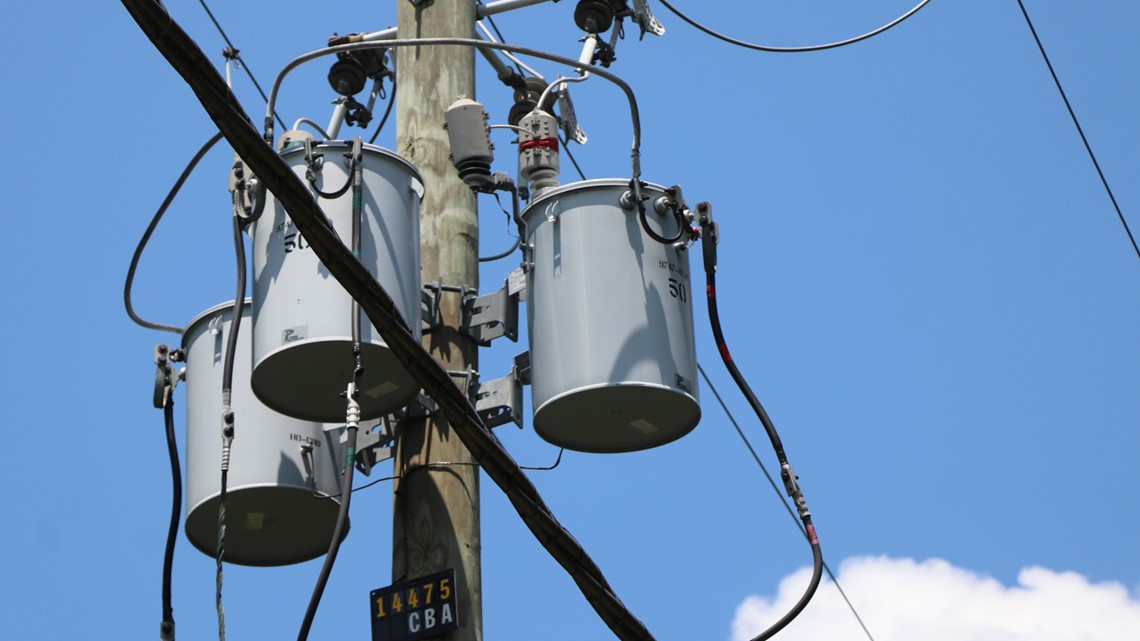
Access divide
In its simplest form, the digital divide has manifested itself in the fact that some people can’t afford to buy a smartphone, computer, tablet, etc. And even if they could afford such technologies, they may still lack access to sufficient broadband services.
Usability divide
Far worse than the access divide is the understanding that modern technology is too complicated for some of its users. Knowing how to navigate browsers, applications and software requires a basic level of technological literacy and skill, one that takes experiential patience and practice to cultivate over time.
Empowerment divide
The most challenging aspect of the digital divide, however, is empowering people to make full use of the vast amount of opportunities that technology provides. Even if our smartphones and computers were easily accessible and extraordinarily easy to use, it's unlikely that we’d actually use the device to its full potential and for our empowerment nonetheless.
The digital divide: a social issue
The evolution of the digital divide has transformed over the years to present itself as not only a technological issue, but also a social issue -- one that’s hitting D.C. hard.
The digital divide puts pockets of people in the District at a disadvantage in correlation with factors of income, education, age and disability status. The digital divide makes striving for upward mobility a nearly impossible feat.
One report says that roughly 90 percent of people in the U.S. who have looked for a job in the past two years looked online. And about 97 percent of students are required to use the internet to complete homework assignments.


D.C. residents who are affected by the digital divide are at a distinct disadvantage.
Job-seekers must rely on public broadband and computers to apply for jobs and print out resumes -- which can be particularly difficult for low-income residents. Even so, those without cars are forced to walk or spend money on public transportation to access technology centers.
Similarly, kids in school and even college students are at a competitive disadvantage as more and more learning activities are transitioning to the digital world.
Overall, the digital divide adds an additional barrier to seeking employment opportunities, educational growth, health services, social networking experiences, government services, civic engagement opportunities and entertainment services.
Who's affected by D.C.’s digital divide?
Technologically advanced D.C. residents generally have higher incomes, more education, live in white, urban and suburban areas and tend to be younger than their offline counterparts. Among those that are the most technologically oppressed in the District are low-income residents, people of color and senior citizens.
Low-income residents
It’s no surprise that the second-most gentrified city in the country has lower broadband adoption rates in low-income Wards 5, 7 and 8. What’s surprising, however, is the extent of the divide.
D.C. has one of the highest connectivity rates in the country, according to researchers. 99 percent of its residents are connected to 100 megabytes per second (mbps) or higher, leaving most of the city well-connected.


But for the remaining one percent, about 6,000 residents are without access to connection of at least 25 mbps download speeds, and about another 3,000 don’t have any Internet providers available where they live. Most of those residents live in Wards 5, 7 and 8, where median income rates are the lowest.
People of color
In addition to holding low-income residents at a disadvantage, the digital divide is also targeting people of color in the District. According to D.C. census report, blacks make up about 65 percent of Ward 5, 92 percent of Ward 7 and 90 percent of Ward 8.
RELATED: WISE: Low life expectancy rates in Southeast are not a 'black' problem; it's all our problem.
What’s interesting about Wards 5, 7 and 8, however, is that a higher percentage of black adults own smartphones than white adults, and more than 63 percent of blacks in the District utilize mobile devices as their primary portal to the web, according to a Minority Media and Telecommunications Council report.
Although mobile devices offer a great deal of access to a variety of useful applications like text messaging services and social media networks, it isn’t necessarily an adequate substitute for computers because it limits the types of activities users can perform.
Some 47 percent of job seekers have had problems accessing job-related content because it wasn’t displaying properly on their phone, according to a Pew research study. And an additional 47 percent have had problems reading the text in a job posting because it wasn’t designed for a mobile device. Writing entire cover letters and resumes from the keyboard of one’s mobile device can also pose challenges for District job seekers.
Seniors
Older adults often are intimidated by the ever-changing realm of technology. Learning how to use today’s gadgets can be overwhelming for those who have lived a majority of theirs lives prior to the birth of the digital world.

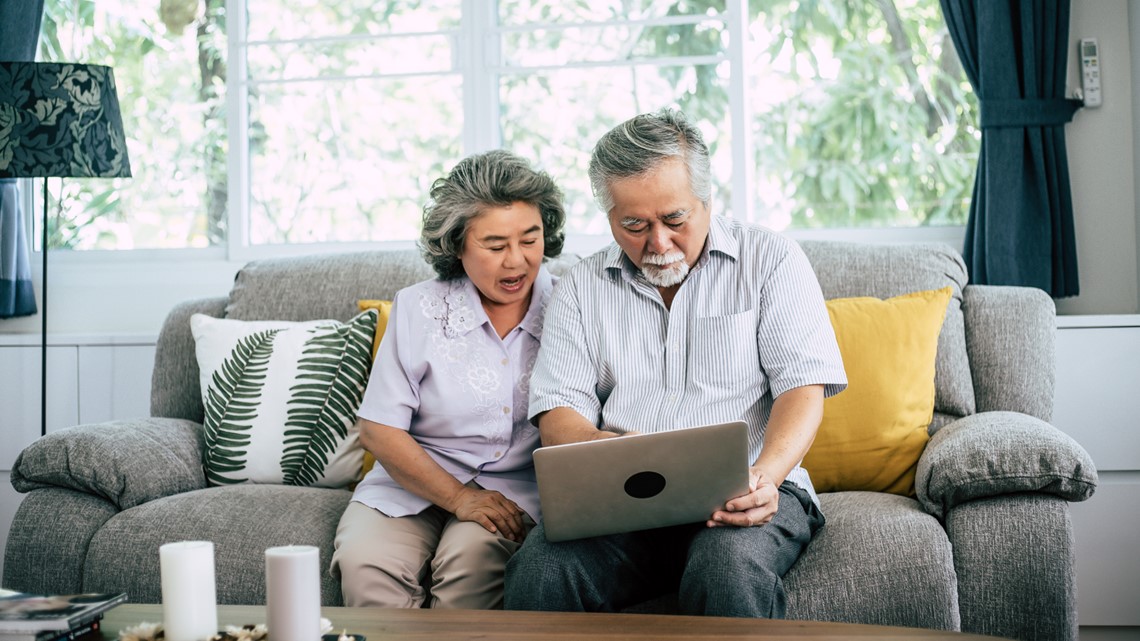
In the United States, 43 percent of adults 65 years and older do not connect to the Internet, according to a another Pew research study. And in the District, only 58 percent of adults ages 65 and older reported having a broadband connection at home.
Many seniors also can’t afford the cost of expensive broadband services and technology devices -- especially if they’re on fixed incomes. And even if they can afford to enter the digital world, there’s still a lot of potential dangers that keep skeptical seniors offline: computer viruses, identify theft and predatory advertising.
What is D.C. doing to close the gap?
Grassroots efforts have made the largest impact in addressing the District’s digital disparities. Local organizations and nonprofits work closely with residents to meet them wherever they are on the spectrum of the digital divide: access, usability and empowerment.
Over the last couple of years, these grassroots initiatives have paid real dividends.
As of 2015, a DC Connect report shows that more than 75 percent of District residents now have high-speed Internet access at home and more than 8,000 District residents have received computer training over the past four years. The District’s investments in digital media and usability have empowered unemployed residents with critical job skills, helped children complete school projects and enabled seniors to keep in touch with their loved ones.
Despite these improvements, there is still work to be done.
Below are three organizations among Wards 5, 7 and 8 that are working to narrow the digital divide:
Connect.DC
- 200 I Street SE, Washington, D.C. 20003
- (202) 266-6328
- Website
Created by the Office of the Chief Technology Officer, Connect.DC aims to bridge the digital divide by making technology more accessible, more affordable and easier to use for District residents.
As "connectors," Connect.DC partners with local nonprofits to provide free computer training, public computer access and affordable home Internet. Connect.DC also builds relationships with District government agencies and local nonprofits to create tech-based programs, utilizing door-to-door outreach and public awareness campaigns.


While UPO is closed on Saturdays and Sundays, it’s typically open Monday through Friday, 8:30 a.m. to 5:30 p.m.
United Planning Organization
United Planning Organization (UPO) is a 57-year-old nonprofit organization dedicated to planning, coordinating and implementing human service programs for low-income residents in the District.
UPO offers more than 30 programs and services in areas like early childhood education, youth development, job training and placement, health and wellness, housing and volunteering. The organization also provides adult education and training classes, including technology literacy.

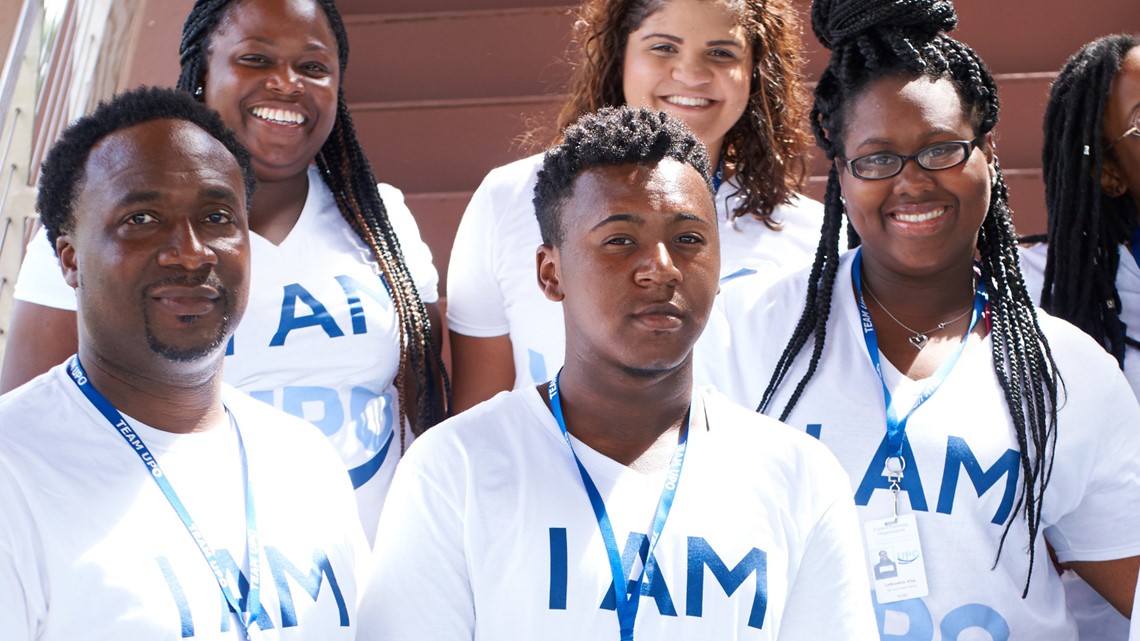
In bridging the digital divide, UPO partners with The H.O.P.E. Project. The H.O.P.E. Project trains young adults, who are often unemployed when they enroll in the program, from economically challenged backgrounds for entry level jobs.
While UPO is closed on Saturdays and Sundays, it’s typically open Monday through Friday, 9 a.m. to 5 p.m.
Sunshine Early Learning Center
- 4224 6th St SE, Washington, DC 20032
- (202) 561-1100
- Website
Sunshine Early Learning Center is a licensed childcare provider that specializes in offering research-based, innovative educational programs to children and families in Wards 7 and 8. The center serves children ages 6 months to 12 years.

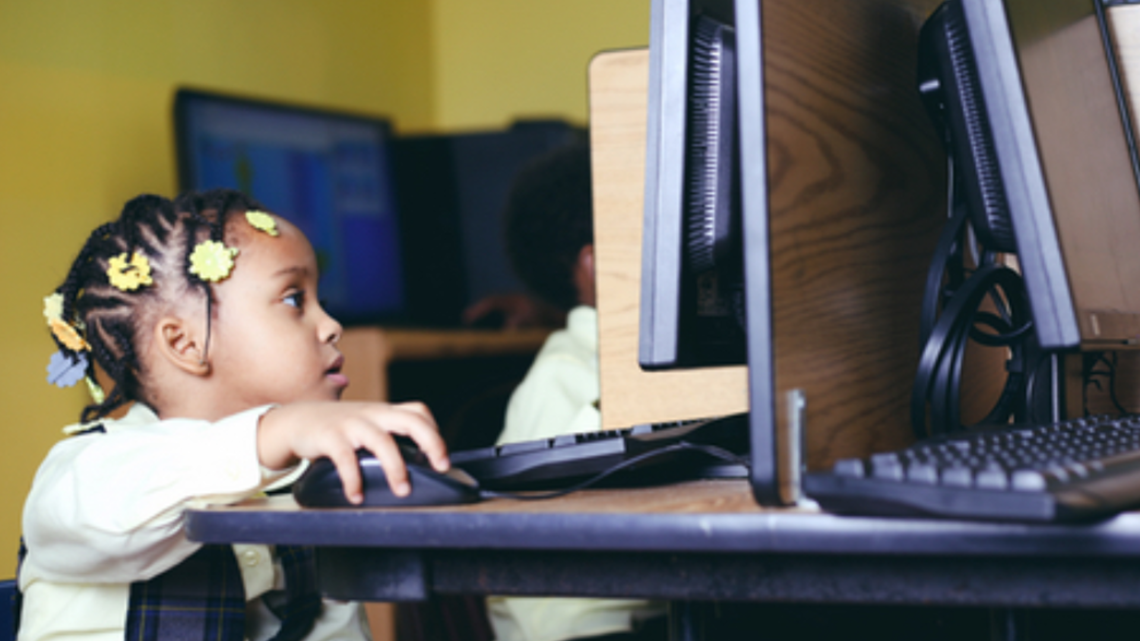
RELATED: Should kids have smartphones?
Many of the center’s programs combine science and language skills, using technology to increase vocabulary, advance language development and teach technological literacy. Sunshine Early Learning Center also provides children with touchscreen desktop computers to improve both their cognitive and digital skills.
While Sunshine Early Learning Center is closed on Saturdays and Sundays, it’s typically open Monday through Friday, 7 a.m. to 6 p.m.
The D.R.E.A.M. Lab
- 5904 Kolb St, Fairmount Heights, MD 20743
- (301) 883-2650
- Website
Sandwiched among crowded suburbs, Fairmount Heights Public Library owns a Digital Resources for Electronic Applications in Media Lab, otherwise known as the D.R.E.A.M. Lab.
The D.R.E.A.M. Lab turns “dreams” into reality for library card holders and individuals ages 14 years and older, providing free classes in technology use and computer literacy. Many of the courses also include a computer basics curriculum that offers telephone support when individuals need technological assistance.


RELATED: DMV Soundcheck
The D.R.E.A.M. Lab houses some of the latest technology, including two Mac computers, audio production software and the entire Adobe Creative Suite. The lab also provides a generous amount of equipment for those interested in music recording, video projects, still photography, websites and graphic design.
While the D.R.E.A.M. Lab is closed on Fridays and Sundays, it’s typically open Monday through Thursday and most Saturdays, 11 a.m. to 7 p.m.

